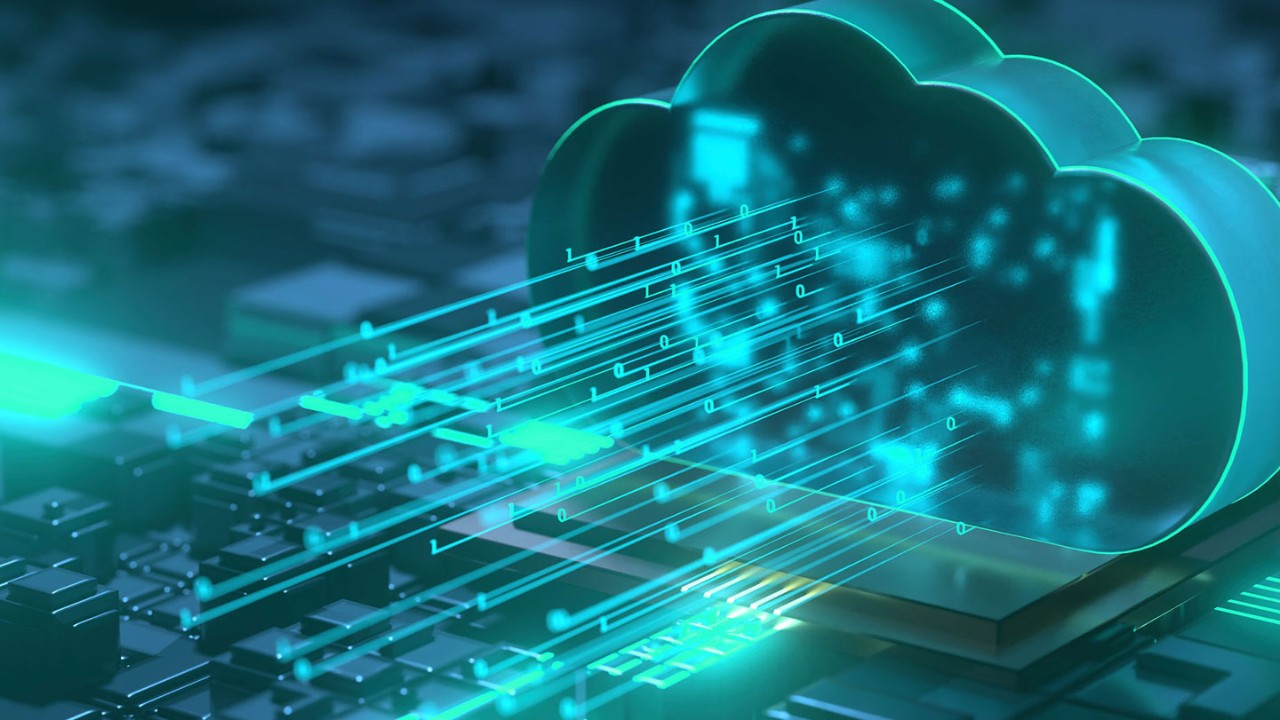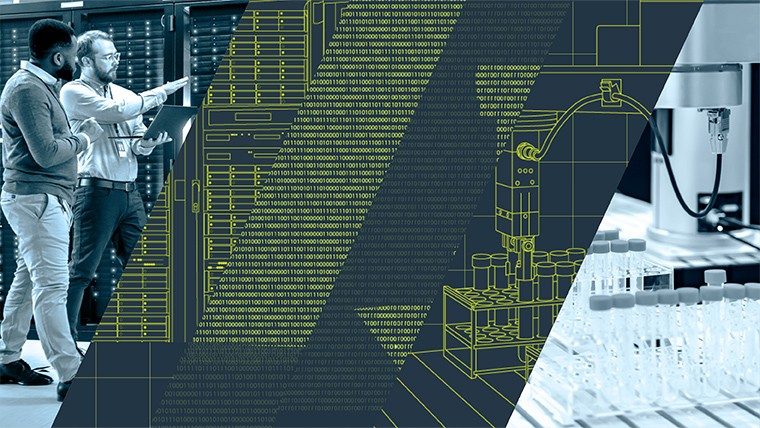Threat actors are evolving at a faster rate than ever before. Companies, meanwhile, are migrating workloads to public cloud resources. Now, security teams must create detection content and infrastructure that is mature, flexible, and scalable to identify and respond to advanced threats. Engineering those detections effectively for the public cloud requires a baseline posture, robust logging capabilities, reliance on vendor/third-party tooling, and more. Below is a high-level overview of key areas that organizations need to address in order to be able to detect disruptive and destructive threat activity.
By the way, infrastructure-as-a-service (IaaS), software-as-a-service (SaaS), and platform-as-a-service (PaaS) models are connected to enterprise architecture more than ever. Implementing a zero trust approach to cybersecurity is crucial due to workload migrations, public cloud multitenancy, remote work cultures, and many other reasons. In a future post, we’ll discuss incorporating a zero trust strategy into current and future cloud detection workflows.


